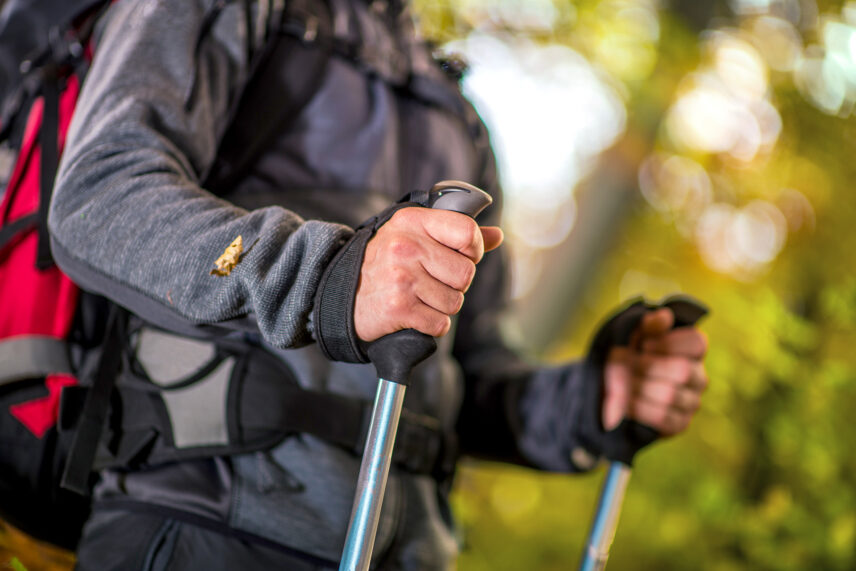What’s better than climbing Kili with one pair of legs? Climbing with two! That’s the power of trekking poles: more balance, more strength and sweet relief for your joints.
Poles are optional items on our Kilimanjaro packing list. Not everyone brings them, but those that do often find them invaluable.
“I’d never used poles on any other hikes, and they just seemed unnecessary,” Michael M. said after summiting Kili. “These helped me stay stable during the climb…my trekking poles were one thing I’m very glad I packed.”
When you’re climbing Kili, could this be your ace in the pole? Here are our pros and cons.

Trekking Poles: The Pros
PRO
Be Kind to Your Knees
Like any hike, Kili can be tough for those worried about knee pain. Trekking poles are a great remedy. Studies show that by distributing your weight between four points instead of two, you can reduce joint and bone stress by up to 30%.
Especially on Kili’s long ascents and descents, that 30% takes the pressure off–literally.
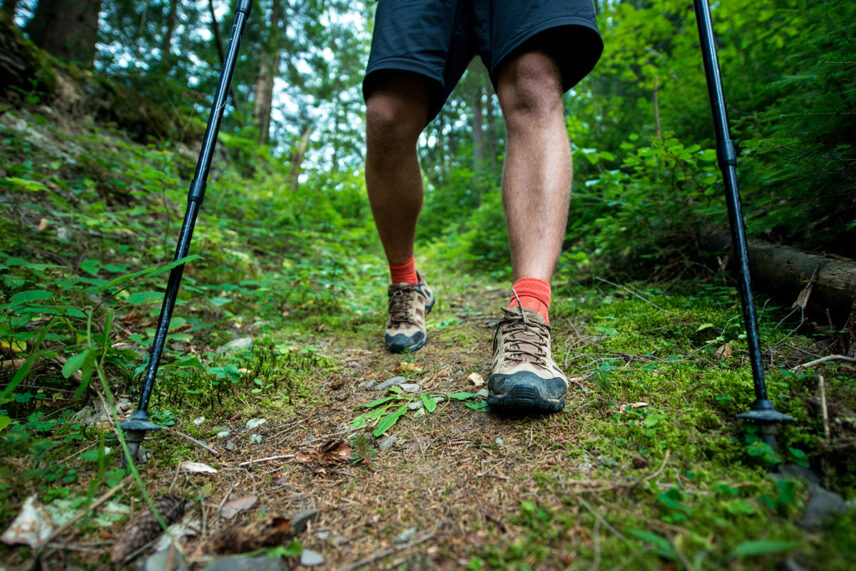
Pro
+ Better Balance = Easier Trek
Kili’s higher elevations have lots of rocky, sooty scree that can make balancing difficult. To make matters harder, by the time trekkers reach those upper elevations, they’ve already spent days and days climbing thousands of feet.
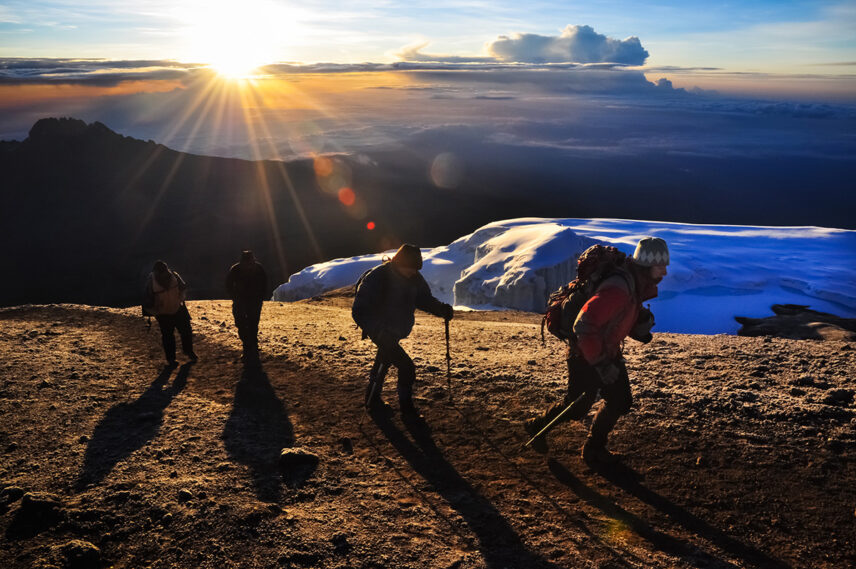
Pro
SteP More Consistently
Step, pole, step, pole–it’s nice to fall into a rhythm with trekking poles. It can be meditative. The more consistent your rhythm, the more efficiently you’ll use energy, helping you maintain a good pace for longer periods of time.
Pro
Get Your Arms in the Game
Aside from some scrambling at the Barranco Wall, Kili trekkers don’t use their arms much–not until they’re pumping their fists at the summit.
Trekking poles are a great way to keep those biceps and triceps busy. It gets blood flowing into your arms, promotes better circulation and prevents swelling at higher elevations. Win-win-win!
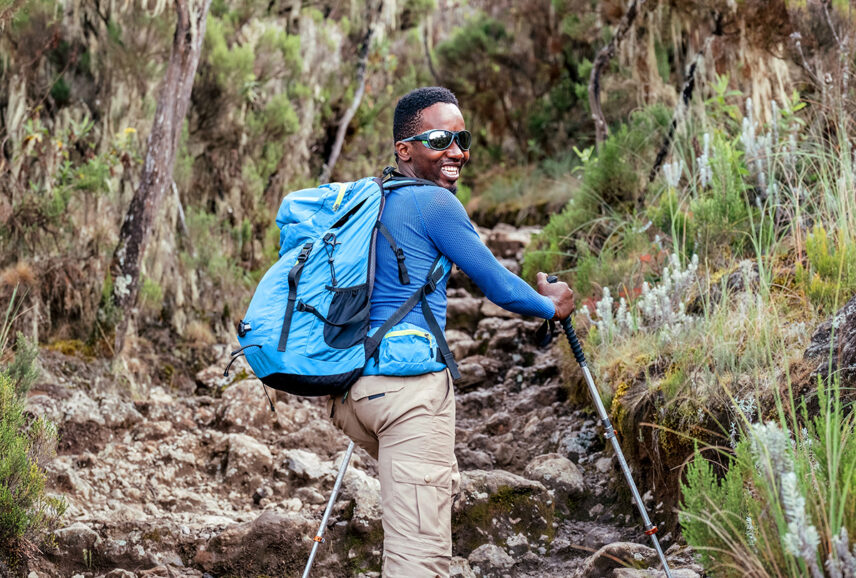
Pro
You Can Bring Your Own or Rent Them
Trekkers who have a handy set of trekking poles are welcome to bring them to Kili. A pair with telescoping rods is best because you can pack them easily in your duffle.
For those who don’t own them, they are available for rent through Thomson! Simply contact your Trip Manager to arrange the rental.

Trekking Poles: The Cons
Con
They are Long, Pointy Poles
Two long poles that dangle at your wrists can be a lot to manage on a trek. If you aren’t using them, they just get in the way.
Thankfully, trekking poles are good for practically all of a Kili trek. The only portion where trekkers store them is during the climb up the Barranco Wall, where the path is narrow and the use of hands is required.
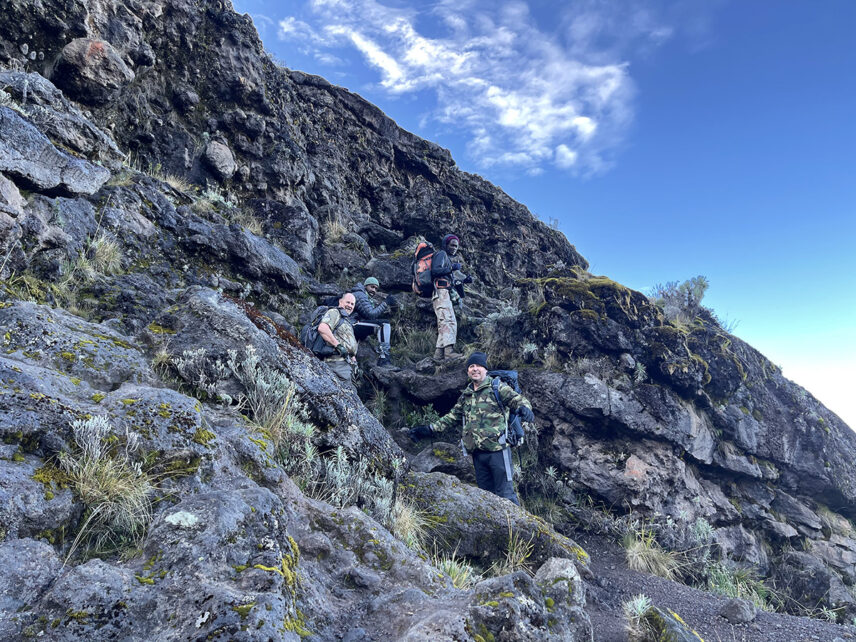
Thomson trekkers Andy, Billy and Frank on the Barranco Wall
Con
Adjustment Period
It’s one thing to like the idea of trekking poles, and another to use them. Some guests need a little time to figure out how best to coordinate their steps with the poles. During that period, the poles may feel clumsy, unnecessary, or even burdensome. But we’ve found that the relief and ease the poles provide is virtually always worth it.
